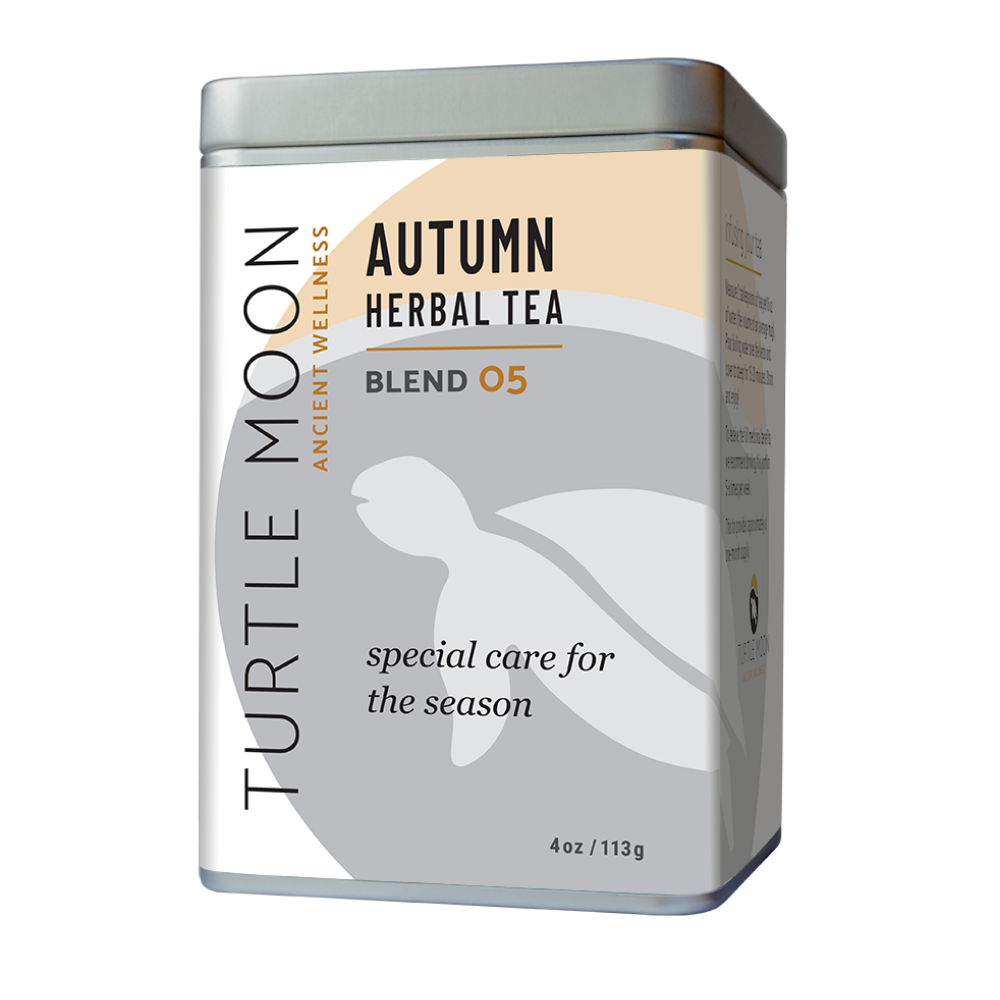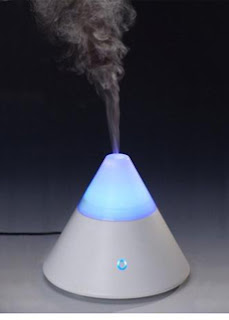EOs are used for a wide range of emotional and physical wellness applications. A single oil can be used or a complex blend, depending on the user's experience and the desired benefit.
Essential oils are usually administered by one of three methods: diffused aromatically, applied topically, or taken internally as dietary supplements.
TOPICALLY
Due to the natural molecular composition of EOs, they're easily absorbed by the skin and can be safely applied topically, sometimes diluted with a carrier oil and sometimes "neat" (undiluted). Once they're applied, essential oils can have almost an immediate, localized effect to the target area of application. They have restorative and calming properties and can be used very effectively in massage and beauty therapy. EOs are also natural disinfectants. The chemical structure of essential oils allows them to be absorbed into the bloodstream via the skin for internal benefit throughout the body. 2. Feet: the bottoms of our feet host the largest pores on our body and allow quick absorption.
3. Over the heart: a nice place for a topical application, I find it very soothing and calming.
4. Localized: when aches and pains are involved, apply EOs directly to the area of discomfort and massage the oils in with carrier oil.
AROMATICALLY
Our sense of smell influences lots of physiological pathways including the stimulation of hormones and other metabolic processes. Aromatherapy is founded on the body's predictable response to specific olfactory stimuli. Essential oils are widely used in aromatherapy applications. Certain essential oils, when diffused in the air, can be stimulating while others can be calming and soothing. Beyond emotional benefits, diffusing essential oils can purify air of unwanted odors and some airborne pathogens. Low or no-heat essential oil diffusers are recommended because they don't change the chemical structure of the oil being diffused. EOs can also be used as cleaning and purifying laundry and surfaces in the home.
INTERNALLY
Therapeutic grade essential oils can also be used as dietary supplements supporting a variety of healthy conditions. Some EOs have powerful antioxidant properties while others help support a healthy inflammatory response in cells. Many EOs are generally regarded as being safe for dietary use,but some oils should not be taken internally. Please don't use any essential oil product internally that does not have the appropriate dietary supplement facts on its label.





.jpeg)